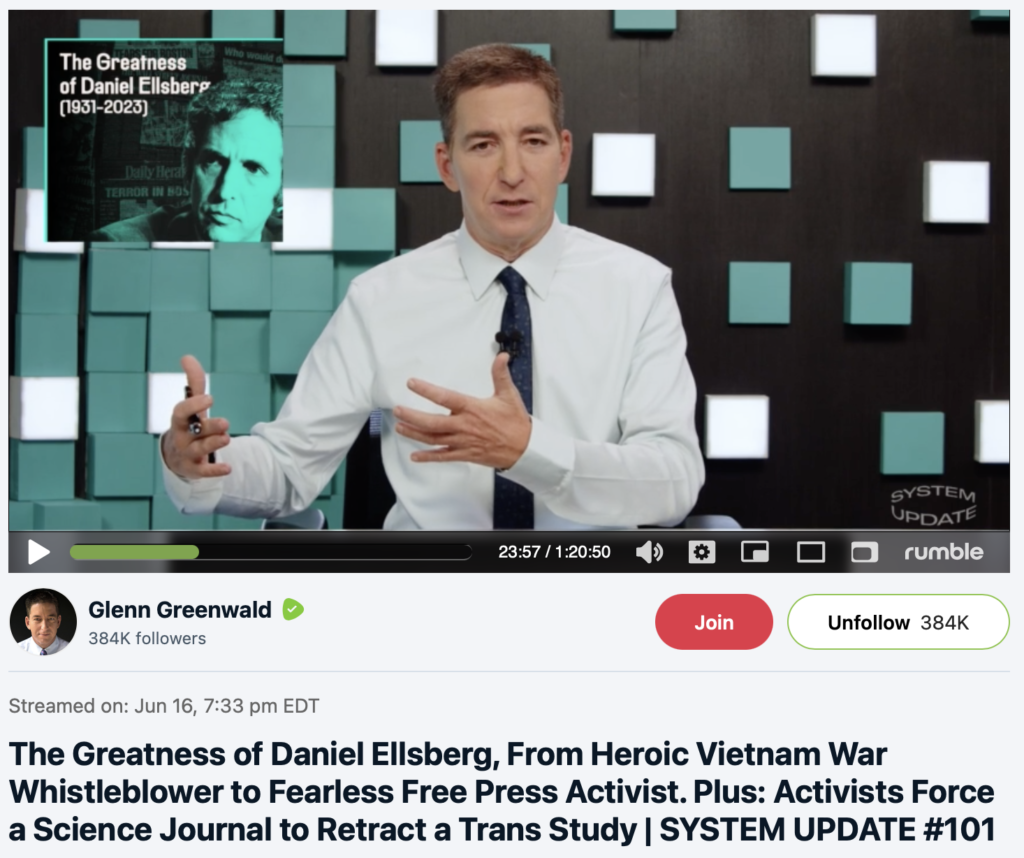Could this immense amount of money influence what news media reports (and refuses to report)? Tim Schwab was concerned about this in his article at Columbia Journalism Review, "Journalism’s Gates keepers." Here’s an excerpt:
As philanthropists increasingly fill in the funding gaps at news organizations—a role that is almost certain to expand in the media downturn following the coronavirus pandemic—an underexamined worry is how this will affect the ways newsrooms report on their benefactors. Nowhere does this concern loom larger than with the Gates Foundation, a leading donor to newsrooms and a frequent subject of favorable news coverage.
I recently examined nearly twenty thousand charitable grants the Gates Foundation had made through the end of June and found more than $250 million going toward journalism. Recipients included news operations like the BBC, NBC, Al Jazeera, ProPublica, National Journal, The Guardian, Univision, Medium, the Financial Times, The Atlantic, the Texas Tribune, Gannett, Washington Monthly, Le Monde, and the Center for Investigative Reporting; charitable organizations affiliated with news outlets, like BBC Media Action and the New York Times’ Neediest Cases Fund; media companies such as Participant, whose documentary Waiting for “Superman” supports Gates’s agenda on charter schools; journalistic organizations such as the Pulitzer Center on Crisis Reporting, the National Press Foundation, and the International Center for Journalists; and a variety of other groups creating news content or working on journalism, such as the Leo Burnett Company, an ad agency that Gates commissioned to create a “news site” to promote the success of aid groups. In some cases, recipients say they distributed part of the funding as subgrants to other journalistic organizations—which makes it difficult to see the full picture of Gates’s funding into the fourth estate . . .
The Gates Foundation declined multiple interview requests for this story and would not provide its own accounting of how much money it has put toward journalism.
This trend continued. At the Grayzone, it was reported that "Documents show Bill Gates has given $319 million to media outlets to promote his global agenda."
A look at the database of the Bill and Melinda Gates Foundation reveals how the oligarch influencing the global pandemic response has bankrolled hundreds of media outlets to the tune of at least $319 million.
While other billionaires’ media empires are relatively well known, the extent to which Gates’s cash underwrites the modern media landscape is not. After sorting through over 30,000 individual grants, MintPress can reveal that the Bill and Melinda Gates Foundation (BMGF) has made over $300 million worth of donations to fund media projects.
Recipients of this cash include many of America’s most important news outlets, including CNN, NBC, NPR, PBS and The Atlantic. Gates also sponsors a myriad of influential foreign organizations, including the BBC, The Guardian, The Financial Times and The Daily Telegraph in the United Kingdom; prominent European newspapers such as Le Monde (France), Der Spiegel (Germany) and El País (Spain); as well as big global broadcasters like Al-Jazeera.
Again, how much control does this give Gates over these corporate news outlets? $300M divided by 100 outlets (I’m making up that number) = 3,000,000 per outlet, which could explain why those news outlets listed so often march in lockstep when they report (and, again, fail to report) stories. According to the Grayzone, in 2021, the biggest recipients of Gates’ money included:
NPR- $24,663,066
The Guardian (including TheGuardian.org)- $12,951,391
Cascade Public Media – $10,895,016
Public Radio International (PRI.org/TheWorld.org)- $7,719,113
The Conversation- $6,664,271
Univision- $5,924,043
Der Spiegel (Germany)- $5,437,294
Project Syndicate- $5,280,186
Education Week – $4,898,240
More to come on this topic . . .

